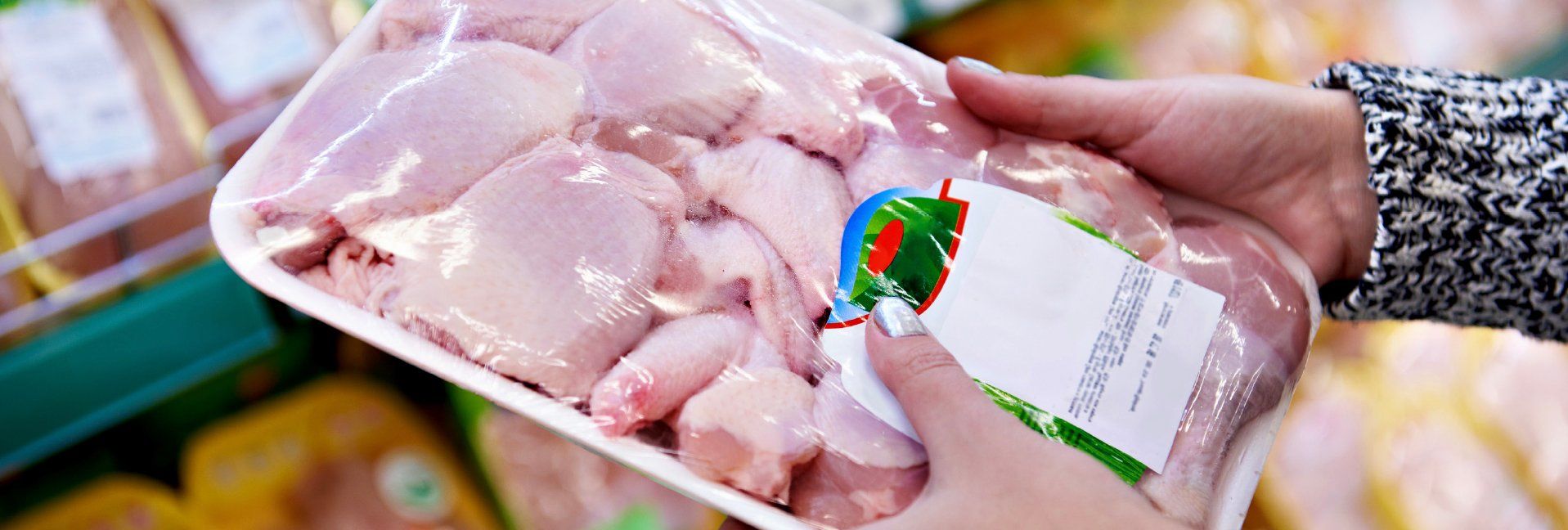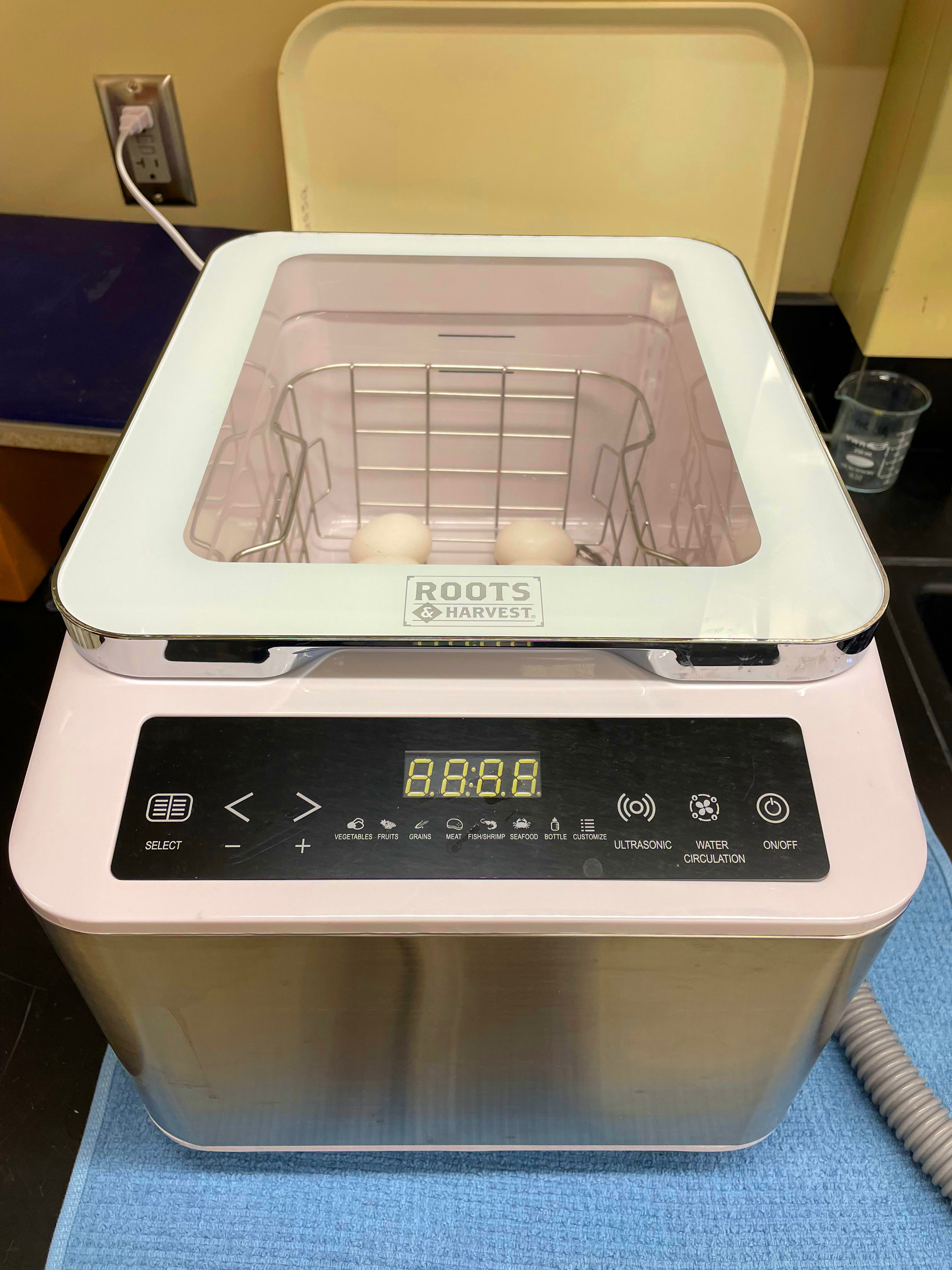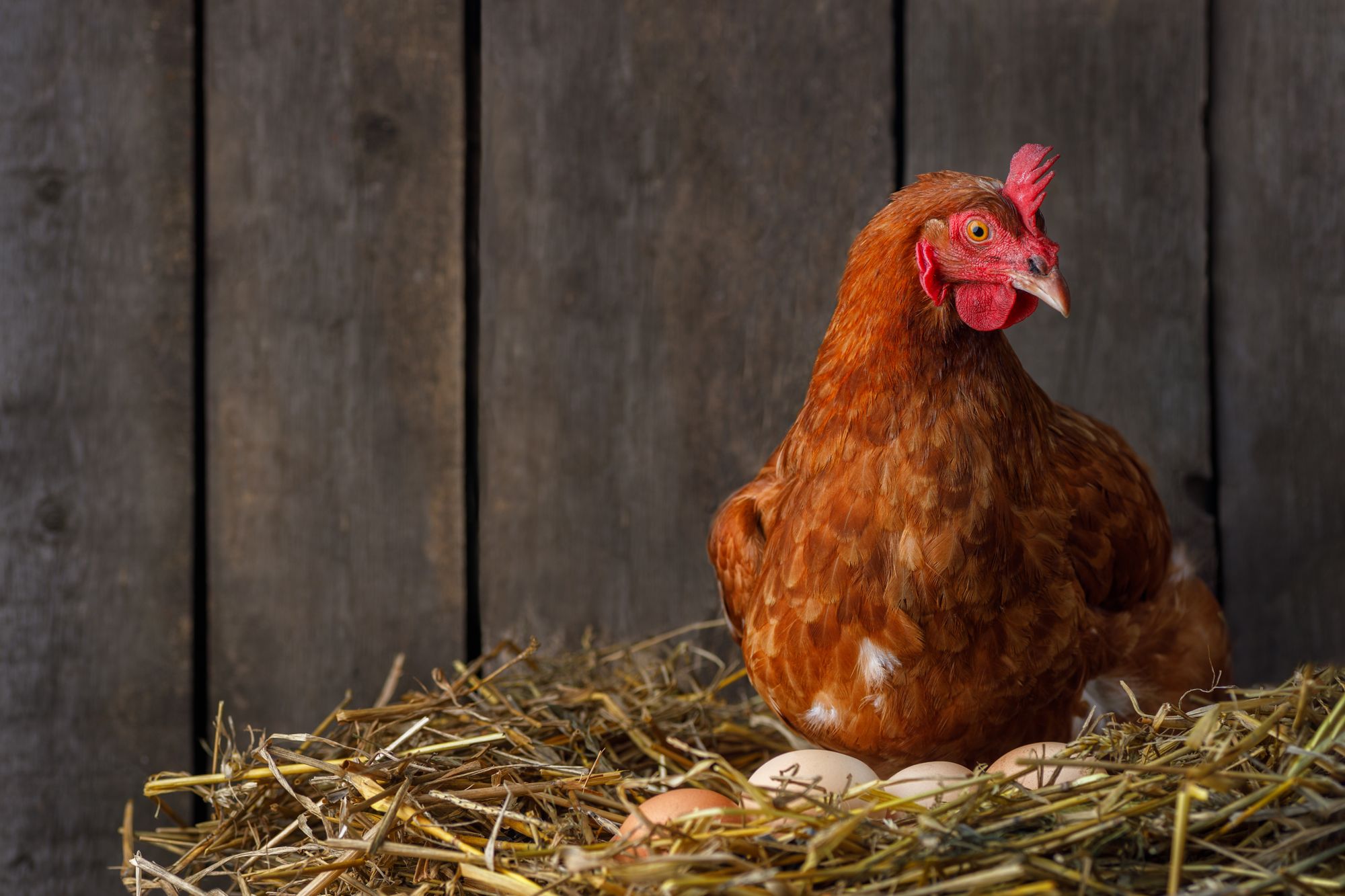To Buy or Not to Buy


Examining consumer decision-making factors on specialty poultry meat purchases
Entering the grocery store with your weekly list in hand, you make the rounds from fresh produce through the bakery, up and down the rows, and then to the back of the store. There sits the dairy and meat sections. You pick up the milk, but skip right over the eggs—why bother, right? Your chickens lay enough eggs to take care of your family and the neighbors next door.
At the meat section, poultry is an easy choice. You look through the whole birds and remember the days when whole birds were pretty much the only way to buy chicken at the grocery store. Now the cut-up chicken options range from bone-in, skin-on, to the boneless and skinless options. Need ten leg quarters for your next cookout? Your local store has you covered.
But for some, there are more options available to you. There are chickens from organic sources to consider with your shopping dollars.
There are heritage breeds, pastured poultry, GMO-free, slow growth, free-range, antibiotic-free, and no-hormones-added options.
For some, your stores have never offered such options, but trust me, they are out there. All of them are striving for your spending dollars and support for their business and employees.
Marketing and consumer preference is such a tricky thing. Should you, as the consumer, buy what is being offered? Which of the options at your store is most important to you? You can vote with your dollars. But that is only part of the equation.
Some people would prefer to shop solely for organic, but could never afford to do so. While you may support of one type of poultry or another, if you cannot afford the item, then you are going to leave it in the cooler.
Voting with your dollars is negated unless you are willing to rearrange your shopping list, or enlarge your shopping budget, to make room for the potentially pricier options.
Willingness-to-pay
Willingness-To-Pay, or WTP, is the maximum amount that a consumer is willing to give for a product or service. Let’s look at chicken meat.
Consider it a negotiation. Will the customer pay more than what it cost for a business to make the chicken sold at the market so that a profit is realized? The business needs to make a profit but the customer is only going to pay so much for a product. So somewhere between the buyer’s WTP and the sellers profit is the price of the transaction.
Consumer preference
The type of chicken offered at grocery stores has evolved over the last 30 years. Consumers first liked the idea of not having to cut up a whole bird, saving them time and labor. Were they willing to pay more for that luxury? Yes. As you can now, see the options from this first step have come a long, long way. Don’t want to eat the skin? Buy skinless chicken. Don’t like dark meat? Boneless, skinless chicken breast to the rescue.
But the price goes up per pound for each step in time and labor incurred by the company and not the consumer.
Whole bird is usually the most affordable option in the poultry meat case, but does anyone remember how to cut up a chicken anymore? There are whole generations now that have never learned on their own, nor been taught by their parents before cooking for themselves. When food budgets are tight, this skill is valuable.
The options and brands available for purchase have changed over the years. Companies have sought ways to separate themselves from their competitors so they have provided the customer with more options than ever. Now you can find organic cut-up chicken options as well as whole bird. But the more detailed you get with regard to niches in poultry, such as antibiotic-free or GMO-free, the more the chicken is likely to cost.
So where should the business focus its efforts? The consumer is going to vote with their dollars so how do you know if they are going to put those dollars in the pocket of one particular company? Market research and focus groups are part of the equation. But even before that, sometimes universities play a role in conducting WTP studies.
It does not matter where you live or what you eat, research helps businesses decide where to place product, who to target, and what their sales price should be. If you are a business in Europe, the laws are different, and so is your cost of production You will still need to find a target customer and decide how much you are going to try and charge them for your poultry products.
Eye-opening specialty chicken research
Some of the most recent research done in the United States looks at the WTP for the following broiler options: Organic, no antibiotics, all natural, no hormones, slow growth, and non-GMO.
It is necessary to clarify that it has been illegal since the 1960’s to put hormones in chicken feed. So a company that puts a label on their chicken saying “Hormone Free” is stating the obvious. It is like putting a gluten-free label on a fresh head of broccoli.
First of all, the studies found that the average chicken consumer had low levels of knowledge about broiler production, and even less knowledge about slow growth chicken. Only three percent knew that broiler production is cage-free! Ninety percent of study participants thought that at least some chicken were fed hormones.
Researchers found that the WTP was heavily influenced by the amount and type of knowledge that consumers had about different broiler options (i.e. slow growth, non-GMO, etc.). Most people did not know much about the different types of options in broiler production, or even what it meant.
Important results and attribute ranking
However, it was found that slow growth chicken could possibly see a 50¢ to $1.00/lb. price premium. If a prominent brand name was on the label alongside a different broiler option, such as no antibiotics or no hormones, then the option did not have much effect on consumer choice. If the brand name was missing, then the option became much more important to consumers in their decision-making. Organic labels had a positive connotation for people and were valued relatively highly.
Price was a major determinant of people’s decisions on which chicken they would buy. It was noted that there was a small percentage of customers that were relatively unconcerned about price and it was suggested that niche markets should try to target these individuals.
People believed that USDA-certified organic chicken was the healthiest and ranked it the highest with regard to price, taste, safety, and attention to animal welfare.
The ranking of other options are as follows in order of most to least important to consumers: no antibiotics, all natural, non-GMO, no hormones, and slow growth. That means that some of the other options have a long way to go to catch up to where organic is, at least within the niche-market poultry group.
A separate study, completed in Denmark, tried to tease apart the reason why people are willing to buy either organic, conventional, or free-range. Taste turned out to be the main reason mentioned in focus groups.
The taste expectations of consumers of organic and free-range chicken meat were higher than that of conventional chicken.
A complex value equation
Another study looked at willingness to pay for organic chicken breast based on demographic information about the consumer. Information gathered included how often they bought organic (habitual, occasional, and never), gender, age group, marital status, level of education, ethnicity, number of children living at home, and average household income.
The results of the survey found that people were willing to spend a 35% premium on a general organic-labeled chicken breast, but a 104% premium for a USDA certified organic label.
People who never buy organic had the lowest WTP, whereas habitual organic customers were willing to spend a premium of 146.6% for general organic labels and 244.3% for USDA certified organic labels.
Yet another study, this one from Canada, looked at value-added chicken. They examined consumer preference and WTP for certain chicken parts; production, processing, and storage methods; added flavor; and, lastly, cooking method.
They found that half of participants on average were willing to pay a 30% premium for valued added chicken. Young consumers who shopped at farmers market were more willing to pay a premium for value-added chicken. The same was true for consumers who preferred organic and free-range chicken.
The WTP was negatively affected by the product price—so as product price went up, the WTP went down.
The ideal chicken, as identified by survey participants, was one that was a refrigerated free-range chicken breast produced with no additives, preservatives, or added flavor. In addition, they wanted a product that would be oven-or pan-heated.
The take-home message
Consumers are very familiar with certain types of chicken, with organic chicken being the most easily recognized in the specialty or niche chicken category. As people learned more about “alternative” types of poultry, such as slow growth or all natural, their WTP increased.
The lesson here is that “organic” has done an excellent job of telling the world its story. Now it is up to the alternative chicken products to do the same.
So the next time you consider selling your niche market poultry, make sure you sprinkle in a healthy dose of education so that consumers not only come back to see you, but won’t balk at the price you are asking.
And for you consumers out there, take an interest in your food and how it was produced. Doing so will ensure that your level of appreciation increases for what makes its way onto your plate.
Tags:Plain Talk

Chicken Whisperer is part of the Catalyst Communications Network publication family.











